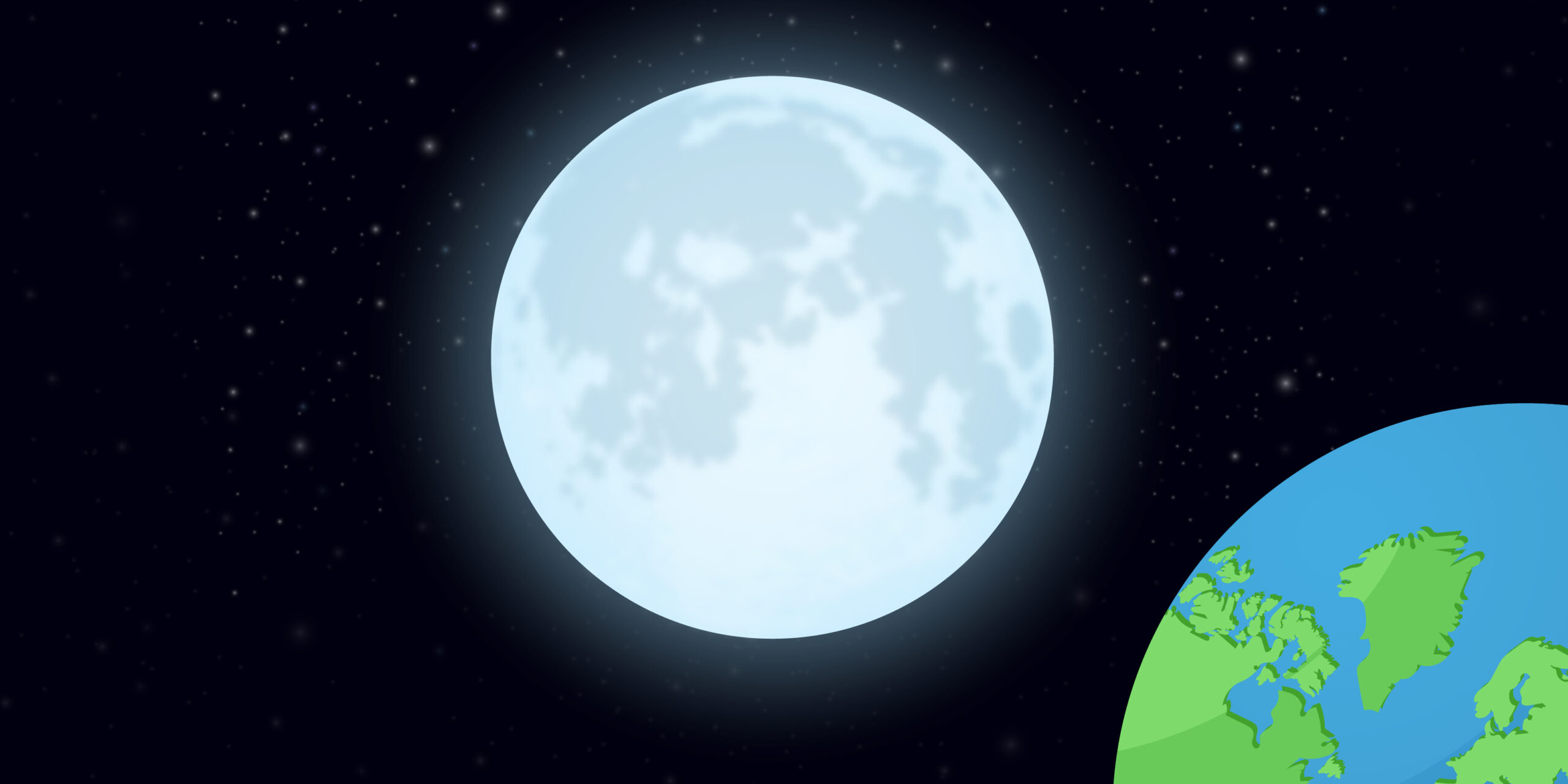
We have a new understanding of the Moon and its surrounding atmosphere thanks to Chandrayaan 2.
India’s second mission to the Moon, which was launched in 2019, included a rover and a lander that were supposed to carry out experiments on the surface. But due to technical difficulties in the last few moments of the landing, the lander couldn’t make the soft landing and crashed, and was destroyed. The rover, however, touched down successfully and operated as planned.
Chandrayaan 2’s CHACE-2 mass spectrometer has now collected new data regarding the Moon’s atmosphere and the gases present in it, which has thrown new light on what we know about the Moon so far. We now know the exact distribution of the noble gas Argon-40 in the lunar exosphere, which is the outermost region of the upper atmosphere of the moon where atoms and molecules escape into space, as they don’t collide. The gas being part of the exosphere was already established but we now know that Ar-40 exists in plenty in the latitude range of -60 to +60 degrees, which are the higher latitudes.
The CHACE-2 is the ‘Chandra’s Atmospheric Composition Explorer-2’, a quadrupole mass spectrometer that is meant to study the atmosphere on the moon and the various elements in the atmosphere.
Argon is a noble gas, which is present on Earth as the isotope Argon-40. This isotope comes from the radioactive disintegration of Potassium-40 (K-40) present below the lunar surface. Once formed, it diffuses through the inter-granular space and makes its way up to the lunar exosphere through seepages and faults. This helps in studying the lunar exosphere.
This new information is significant as it confirms what previous lunar missions like the Apollo had observed. However, older missions only detected the presence of Ar-40 and not how much of it was present. It is important information also because countries like the US are planning manned missions to the moon. So, studying as much information about the lunar surface and atmosphere as possible becomes vital in designing these missions. Speaking of the moon’s surface, did you know that our moon is rusting?
What new information about the moon would you want Chandrayaan to find? Let us know in the comments.
Read more about the wonders of the moon in Science Feed:
India’s tryst with moon – Two lunar missions
Madhavi is passionate about everything to do with books, art, literature, films, trivia and food. A former journalist, she believes that asking questions makes life interesting.